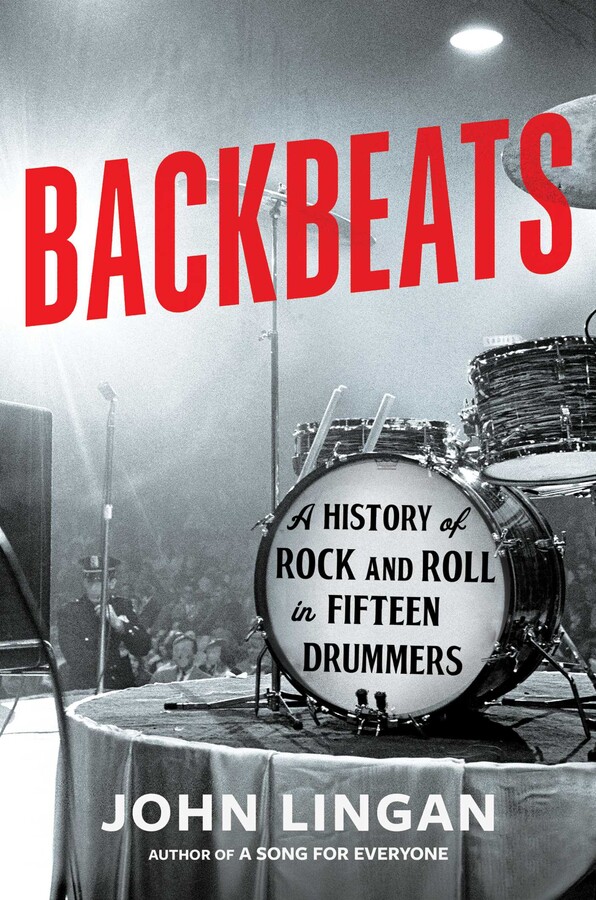In 1970, Brown’s band effectively threatened a labor strike in response to unfair working conditions. Brown infamously levied fines on his musicians for onstage mistakes, even insufficiently shined shoes, and he often took credit for their creative contributions. But he wasn’t going to be confronted by his underlings, and he responded to the threat by hiring replacement musicians from Cincinnati, including the Collins brothers, Bootsy and Catfish. These young guns combined with Clyde and Jabo to anchor a short-lived but essential band: the JB’s.
This is also where Fred Wesley entered the picture, and he recognized Stubblefield’s importance immediately. “Guitars were very important in that band,” he told me. “Jimmy Nolen and Catfish would play two different licks, then Clyde would add that steady beat. He could hold the same beat no matter how slow, how fast, loud, or soft.”
Nearly every note this band ever played together had an overwhelming power, but few illustrate Wesley’s description more perfectly than “Give It Up or Turnit a Loose,” specifically the “live” recording first released on the 1970 album Sex Machine, which includes overdubbed crowd noise. It’s a historically significant track, but I cannot remain a mere historian here; this “Give It Up or Turnit a Loose” is a fair nominee for my favorite drum performance of all time.
A simple Nolen guitar figure kicks things off, but this is unequivocally a drum feature, with congas in the mix for good measure. Stubblefield enters with the full band, sounding monumental: his bass drum is like a mammoth’s leg slamming to earth, his snare like Paul Bunyan’s axe. He kicks immediately into a beat that threads a needle between Bootsy’s walking bass line, and his ghost notes on the snare form a perfect double helix with the rolling congas. The song proceeds like this, occasionally breaking into a bridge but always returning to that one groove, with Catfish Collins’s distorted strumming on top of Nolen’s clean picking, just like Wesley said. And then around the time a commercial single would end, Brown cuts everyone out.
Just those congas remain, keeping basic time, while Brown keeps telling us, “Clap your hands, stomp your feet.” Over and over. Clap your hands. Stomp your feet. It feels like the fade-out could arrive at any time, until he finally says a single breathy syllable, as cool as any utterance by James Dean or Jean-Paul Belmondo: “Clyde.”
And at once, Stubblefield is back, and the band snaps to attention again, reassembling for another minute of work.
I’ve heard it hundreds of times, and that “Clyde” is still hair-raising. Literally and figuratively, Stubblefield is summoned. Brown gives him such prominence in this huge group, the music is in a holding pattern whenever he leaves. This performance is the funk “Sing Sing Sing.” Notably, DJ Kool Herc, a founding architect of hip-hop beat-making, created one of his earliest loops by switching between two turntables that were both playing this Stubblefield break.
